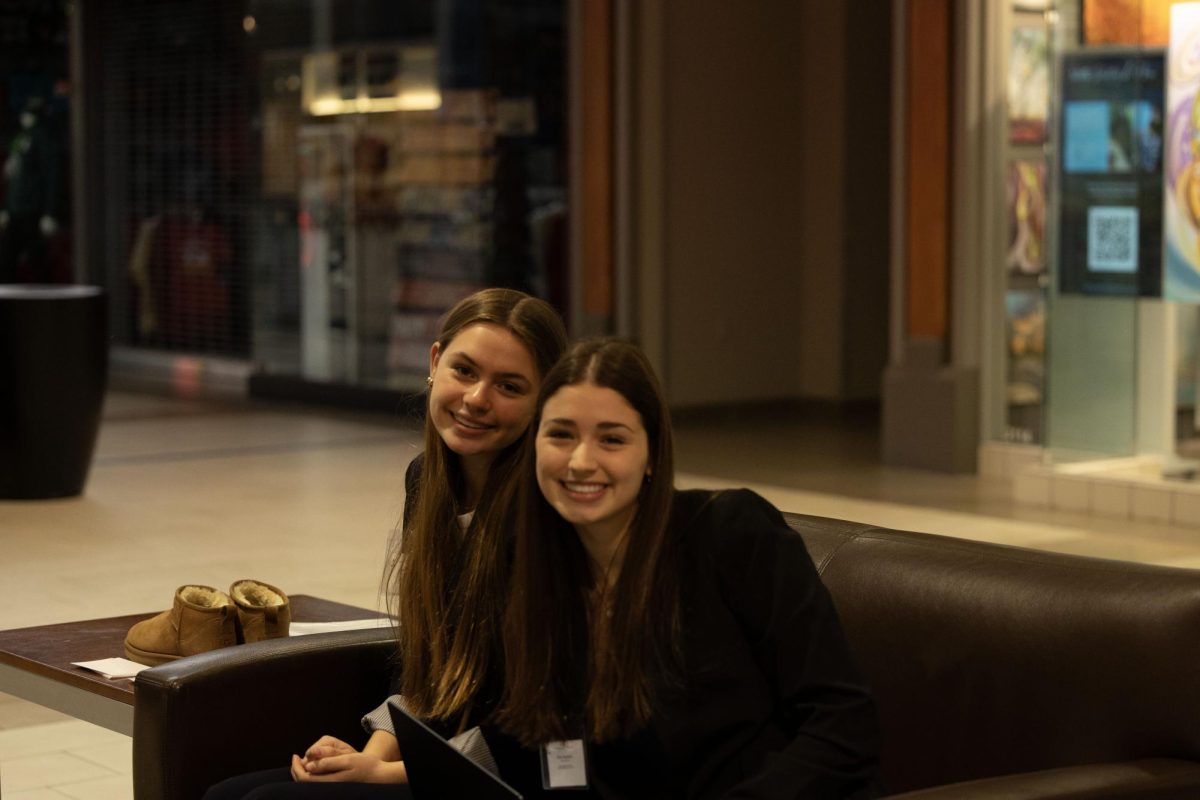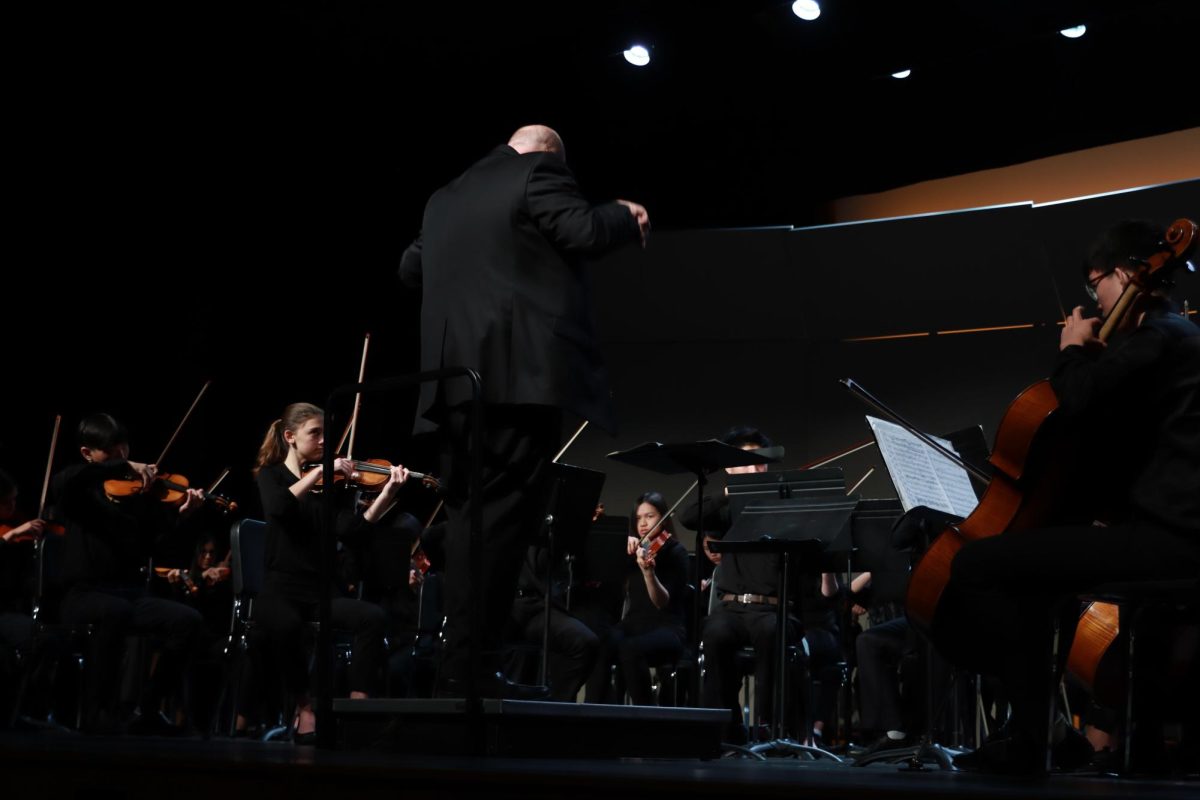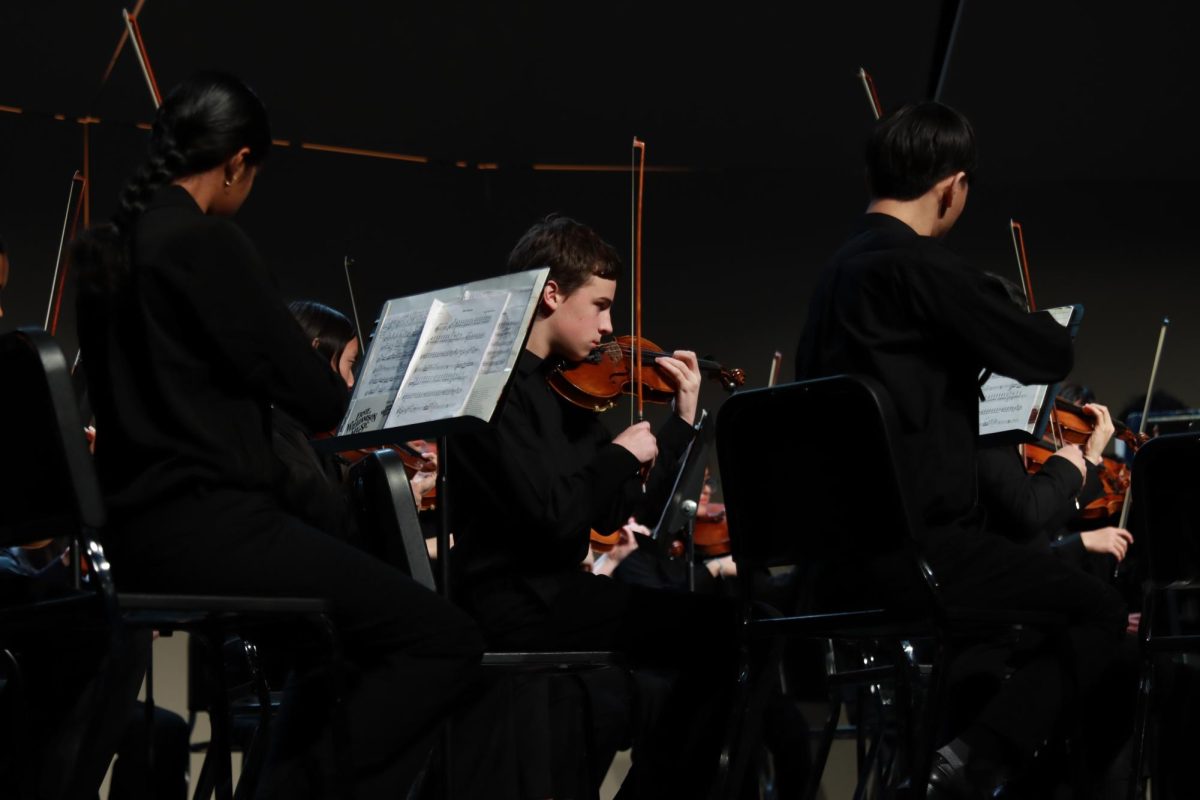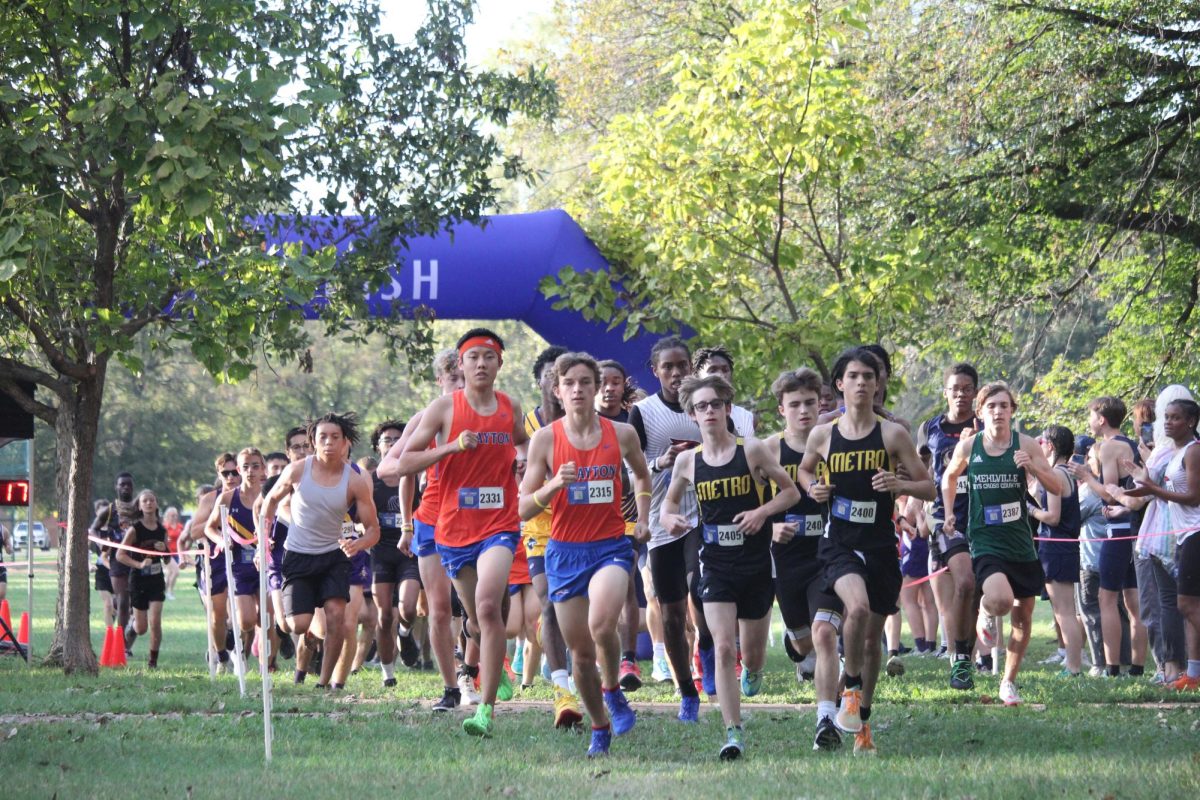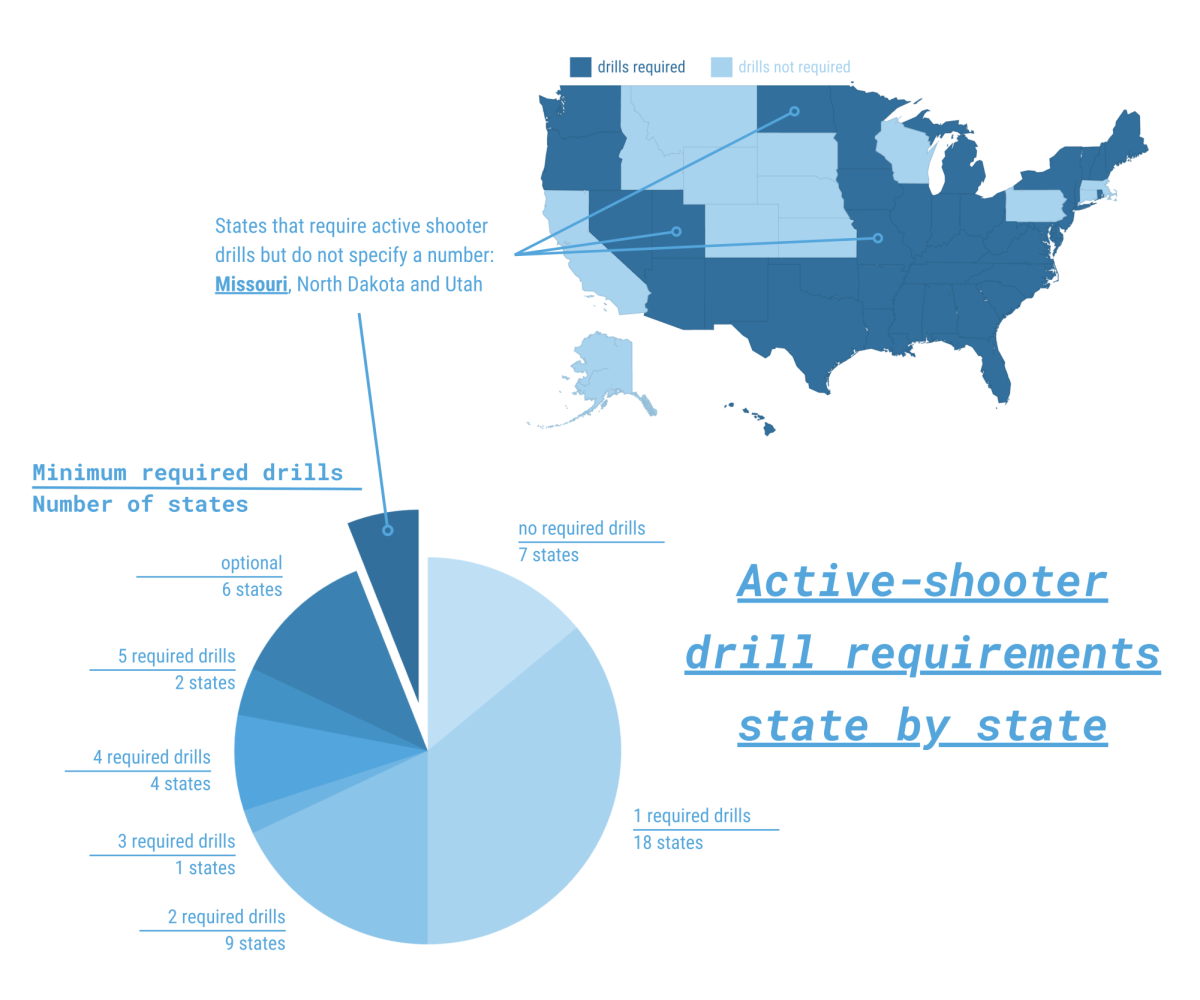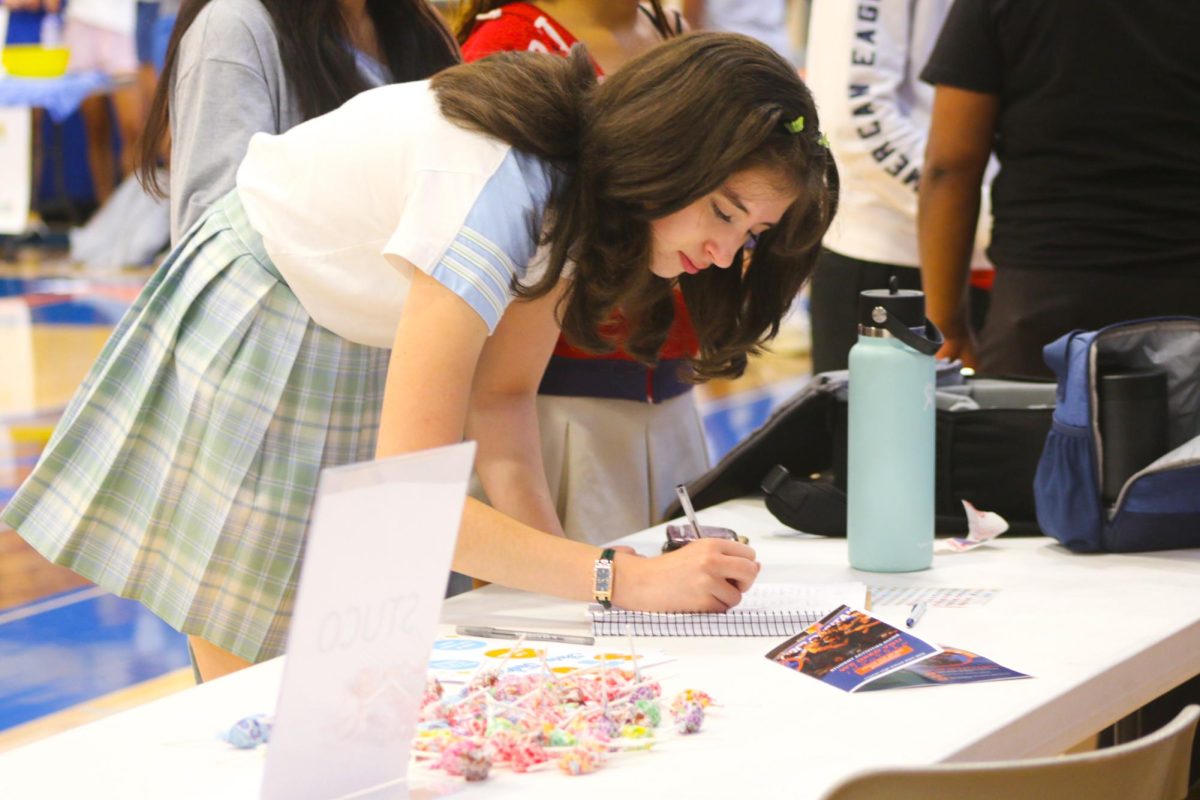The shiny insides of chip bags catch the fluorescent lights. Oreo crumbs cover the tables, and soda cans are scattered among piles of scratch paper and thick textbooks. The noise in the room rises and falls intermittently, but the drum of fingers on calculators and pencils scratching is constant
Every year, from early January to mid-February, nine eight-person teams (three for each grade level except freshmen) fill two Clayton physics classrooms twice a week, spending hours getting ready for the TEAMS competition, or Tests of Engineering Aptitude, Mathematics and Science
Each year’s competition has a different theme, which can vary from problems centered around the Olympics to designing safe amusement parks. This year’s competition focused on “Engineering a Safe Cyberspace.â€
The competition itself is broken into two parts; part one consists of multiple choice questions and part two contains short answer questions.
The preparation sessions for the roughly three-hour long competition include retaking TEAMS tests from previous years and figuring out how to split up work between all of the group members.
“TEAMS is a (nerd) competition in which eight people pretty much take a test together, where they all have their own sections, but can collaborate,†junior Noah Youkilis said.
TEAMS was initially created to give students a chance to experience engineering problems through real-life applications. The competition works to get kids interested in engineering careers by giving them a chance to solve the kind of problems such careers would present.
[TEAMS] gives students an opportunity to put their best foot forward in a competition with a math/science/engineering/technology theme,†physics teacher Rex Rice, coach of the Clayton TEAMS group, said
As leaders in government and education call for more STEM education and participation, TEAMS is one example of ways educators are working to instill a passion for science and mathematics in their students.
“I definitely want to have a career in science, and … I think TEAMS is a great way to prepare students for math and science careers. It exposes you to realistic problems an engineer would face daily, so it’s a very helpful experience,†sophomore Emily Braverman said.
Participating in TEAMS, however, isn’t the only secret to a successful STEM career.
“TEAMS is a great way to practice your math and science problem solving skills, but it is not at all necessary for someone to participate if he/she wants to go into a math/science field,†sophomore Sam Rubin said.
This year’s competition, however, encountered several problems.
“Students have expressed concern that the questions on this year’s tests were too easy… and that the challenges arose from poor wording of questions and missing correct answers than from genuinely appropriately challenging questions,†Rice said.
Despite the errors in the test, Clayton’s 9/10 (sophomore) teams and 11/12 (junior and senior) teams performed well at this year’s competition, held on Feb. 15 at Florissant Valley Community College.
The 9/10 teams placed first, second and third in their division … and the 9/10 A team placed first overall for 9/10 teams regardless of level. The 11/12 teams placed first through fifth in their division, and … the 11/12 B team placed second overall among 11/12 teams,†Rice said.
Most participants enjoy the chance to spend time with their fellow students as well as the challenges the competition presents.
“It was a lot of fun, and our team had some good moments together. I also learned a lot about computers, and other mathematical and scientific concepts, which was cool,†Youkilis said.
Whether or not they enjoyed the competition, however, there’s one thing upon which all TEAMS participants can agree: the snacks make everything worth it!
Categories:
TEAMS Review
Donate to The Globe
$215
$750
Contributed
Our Goal
A $50 or more donation includes a subscription to the Clayton High School Globe 2024-2025 print news magazine.
We will mail a copy of our issues to the recipients of your choice.
Your donation helps preserve the tangible experience of print journalism, ensuring that student voices reach our community and that student democracy thrives.
More to Discover
About the Contributor
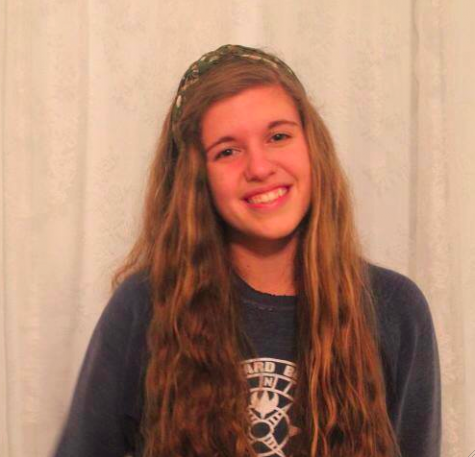
Gwyneth Henke, Editor-in-Chief
Gwyneth Henke joined the Globe during her sophomore year. She was the co-Feature and Review section editor during her junior year, and is the current co-editor in chief in her senior year. She loves the Globe community and appreciates the hard work everyone puts into the magazine, and she is proud of every issue. She was born and raised in St. Louis and has a twin sister (the News section editor!) and an older brother. Outside of the Globe, she plays field hockey and the cello and enjoys creative writing.


